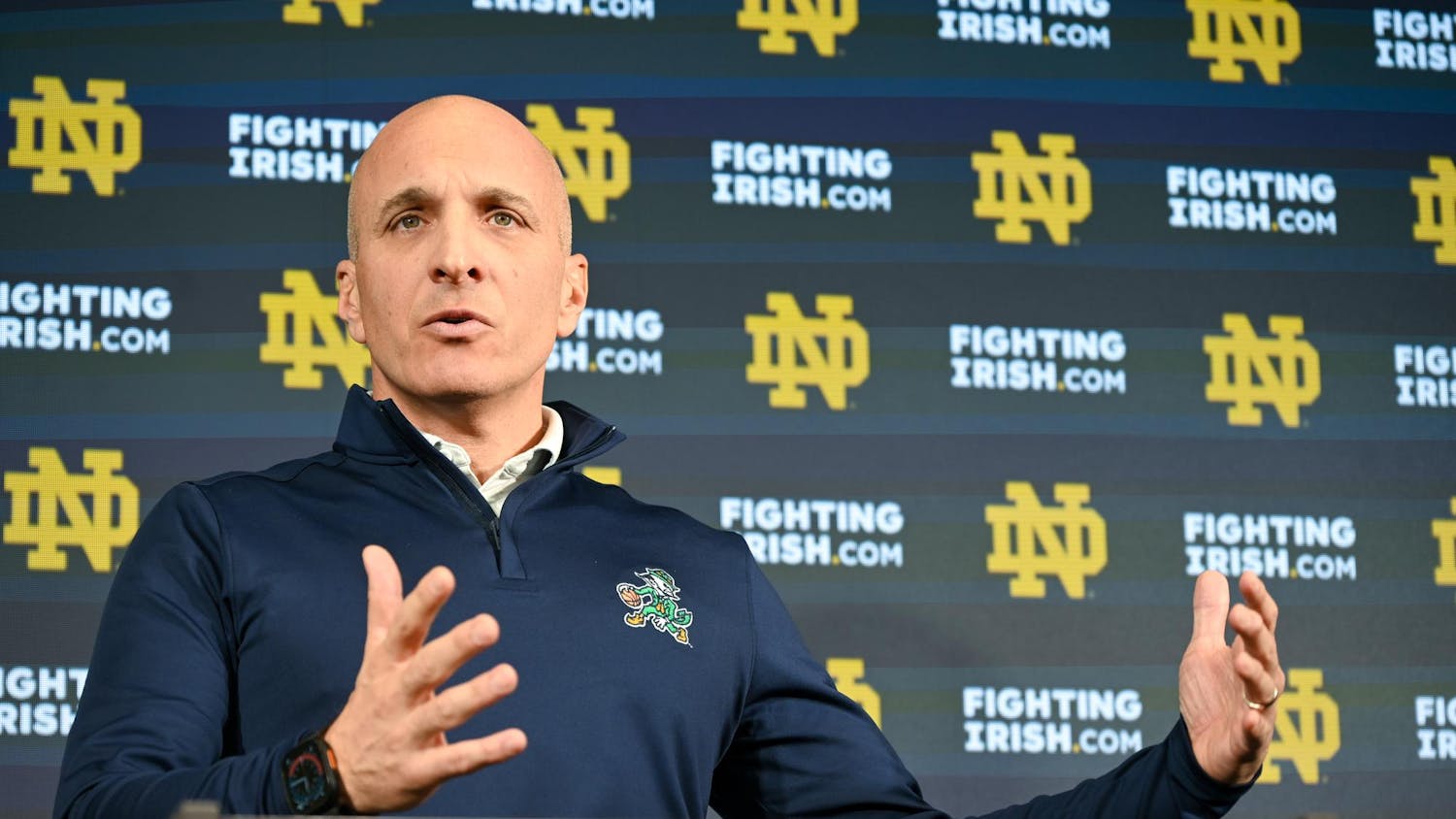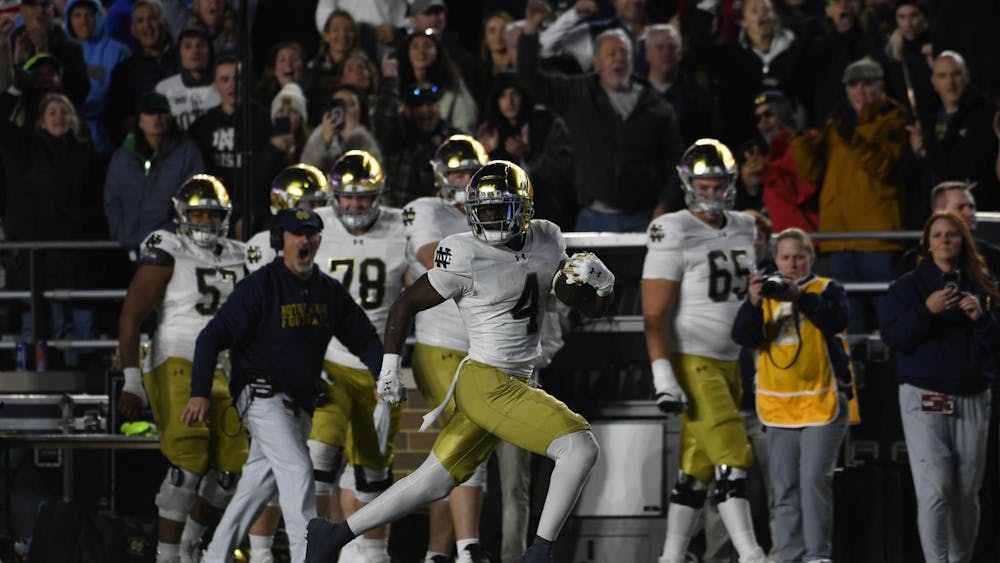MLB Commissioner Rob Manfred has often found himself in hot water with fans, from his handling of the Astros’ cheating scandal to using two types of baseballs, but he finally was able to enact change that will improve baseball for years to come. Of course, the new rule changes aren’t without controversy, but data in the minor leagues has proven that these changes will be a positive for baseball overall.
One of the leagues’ goals has been to reduce the so-called “three true outcomes”: strikeouts, walks and home runs (which have seemingly taken over the league in recent years). The changes have been rumored for months, but they were officially announced on Friday. They range from a pitch clock to banning the shift to larger bases. I’ll outline the changes, and what they will mean for the game.
Pitch clock
If you’ve been to an MLB game in the past few seasons, you’ll have likely seen a clock somewhere in the outfield counting down before a pitch was thrown. Next year, this will be enforceable, with pitchers having 15 seconds with the bases empty, and 20 seconds with runners on, to deliver the ball. Hitters must be in the box and “alert” at the eight second mark, and the catcher must be ready with 10 seconds to go.
The timer resets with a pickoff throw, or when the pitcher steps off the rubber, although pitchers can only do this twice per batter. This effectively means they can only step off once with a runner on base, because if the runner knows the pitcher cannot throw over, they would be halfway to second base before the pitcher even starts his motion.
A violation of this rule by a pitcher leads to an automatic ball, and vice versa for batters. This rule has proven effective in the minor leagues, where it has been implemented this year, with average game times falling by at least 15 minutes at every level. In some cases, game times dropped as much as half an hour, according to Baseball America. For reference, in rookie ball, where there is no pitch clock, game time has remained roughly the same.
It is important to realize that the pitch clock does not mean less baseball, it simply means less dead time. We’re no longer likely to see a pitcher shake off the signs three, four, five times, or a hitter step out and adjust his batting gloves after every pitch.
Another important aspect to note is that it will likely lead to slightly reduced velocity, because when a pitcher is throwing upwards of 100 miles per hour, even an extra few seconds of rest between pitches is vital. This leads to more balls in play, and fewer strikeouts, which along with a faster pace of play, is the league’s goal.
Larger bases
Traditionally, bases have been 15 inches; next year, they will be increased to 18 inches. In practical terms, this leads to a 4.5 inch decrease between the bases. This may not seem like a huge difference, but it will almost certainly increase stolen base attempts. Additionally, it is more likely players can beat out a ground ball, encouraging more balls to be put in play.
Again, the minor leagues have tested this rule and it has proven successful, with the rate of steals per inning rising from 0.65 in 2019 to 0.96 this year in Triple A, according to The Score. Another stated aim of the league was to reduce collisions and injuries on the base paths, and the bigger bases will give players more room to maneuver.
Steals have increasingly fallen out of favor since analytics began taking over baseball, but these changes will perhaps bring them back this year. We may be witnessing the beginning of the small-ball renaissance, which I would argue is much more exciting than the baseball being played now.
Banning the shift
This is the rule change that has created the most controversy among fans and players alike. Teams must have a minimum of four players on the infield, with at least two on each side of second base. The league aims to “increase the batting average on balls in play, to allow infielders to better showcase their athleticism and to restore more traditional outcomes on batted balls.”
The batting average on balls in play this year is 0.291, which is 10 points lower than in 2006 which was before the analytics and the shift had taken hold of the game. Some have expressed concern that this will merely help players who have struggled to adjust to the shift — think Joey Gallo — rather than improving batting average on balls in play (BABIP) league wide. The data has been mixed in the minor leagues as to whether this will have a great impact on batting averages, but it will certainly be interesting to see.
Overall, Manfred and the league did a great job on these rule changes, and I believe they will make baseball a more exciting sport for years to come. Many baseball traditionalists will always argue against any sort of change, but baseball has been declining in popularity compared to other sports for a long time now. It was clear that a change was needed, and Manfred was able to do exactly that without compromising any aspect of the game we love.








